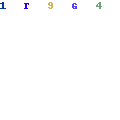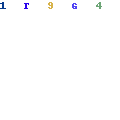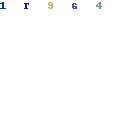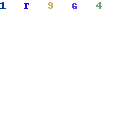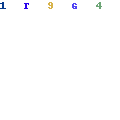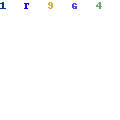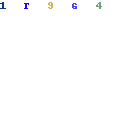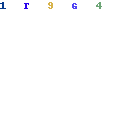Best Tractors
In the early 19th century, animals were the chief source of power in farming. Later in the century, steam power gained in importance. During World War I gasoline- (petrol-) powered tractors became common, and diesel engines later became prevalent. In the developed countries, the number of farm workers has steadily declined in the 20th century, while farm production has increased because of the use of machinery.Alternatively, it may be applied on the surface of the ground or crop (e.g. grass) using a tractor mounted centrifugal spinner or oscillating spout type applicator where the fertilizer is broadcast rather than placed in rows. Aerial application of fertilizers may also be used in locations inaccessible to tractors, as described in Fertilizer Applicators and Plant Protection Equipment (EOLSS on-line, 2002). Both pressurized (typically using ammonia) and nonpressurized liquid fertilizer applicators are also described. Protection of plants from diseases and pests is normally achieved by atomizing a liquid formulation containing the active pesticide ingredient through a small nozzle under pressure and spraying onto, beside or beneath the crop canopy, or by using granular pesticide applicators.
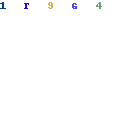
Sponsored
In the early 19th century, animals were the chief source of power in farming. Later in the century, steam power gained in importance. During World War I gasoline- (petrol-) powered tractors became common, and diesel engines later became prevalent. In the developed countries, the number of farm workers has steadily declined in the 20th century, while farm production has increased because of the use of machinery.Alternatively, it may be applied on the surface of the ground or crop (e.g. grass) using a tractor mounted centrifugal spinner or oscillating spout type applicator where the fertilizer is broadcast rather than placed in rows. Aerial application of fertilizers may also be used in locations inaccessible to tractors, as described in Fertilizer Applicators and Plant Protection Equipment (EOLSS on-line, 2002). Both pressurized (typically using ammonia) and nonpressurized liquid fertilizer applicators are also described. Protection of plants from diseases and pests is normally achieved by atomizing a liquid formulation containing the active pesticide ingredient through a small nozzle under pressure and spraying onto, beside or beneath the crop canopy, or by using granular pesticide applicators.
Sponsored

